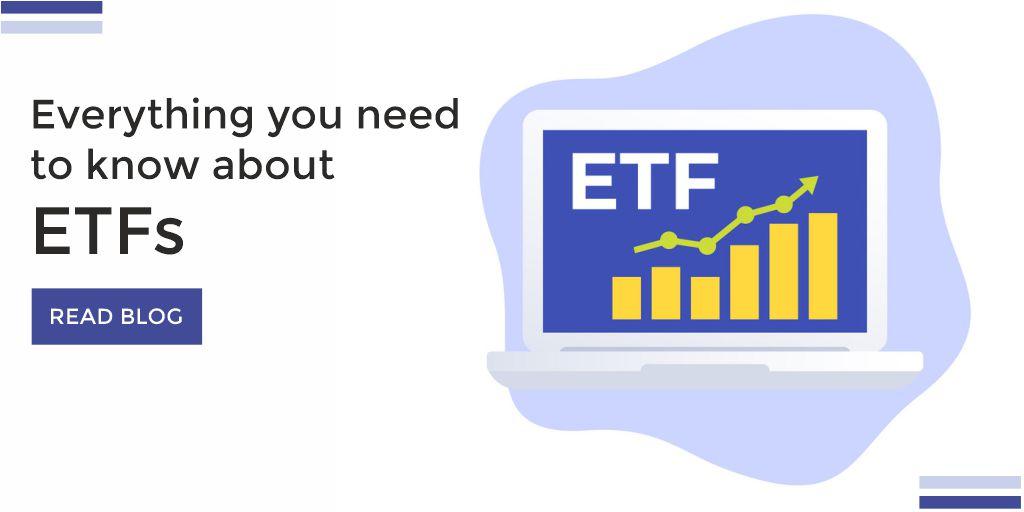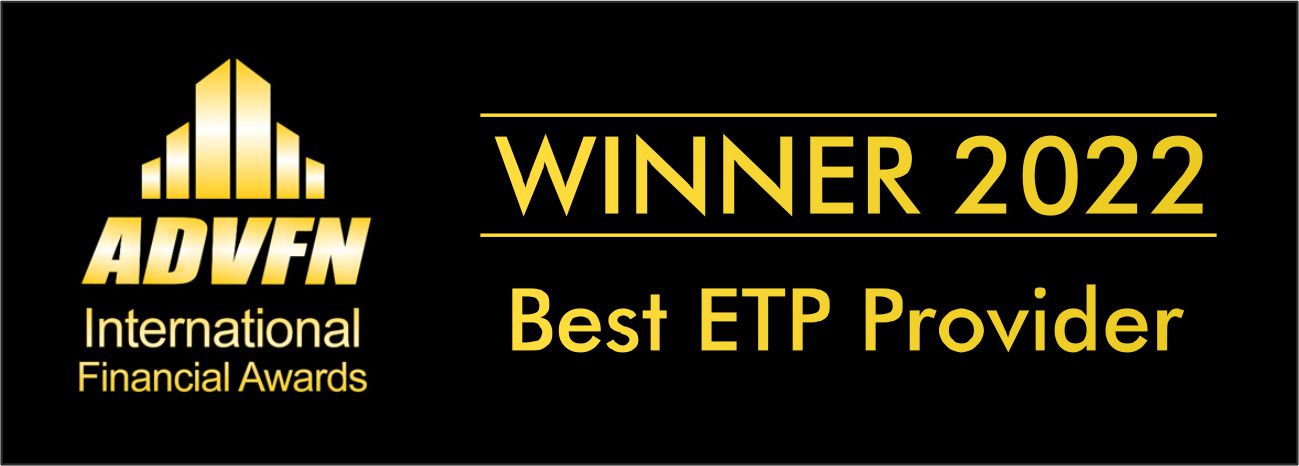Everything about Exchange Traded Funds (ETFs)
Posted:
Exchange-Traded Funds (ETFs) are exchange-listed consisting of a basket of securities that tracks underlying securities including stocks, bonds commodities, contracts, and currency. They are a popular form of passive investment.
Types of ETFs
A vast majority of ETFs are index-based funds that aim to replicate a particular index or a benchmark of the country. The indexes could be based on a bond index or stock index, for example, NASDAQ.
Equity ETFs:
These ETFs track an index of equities. Investors can choose ETFs covering blue-chip stocks, mostly of large business or mid-cap or small-cap stock indexes. Investors can choose indexes of specific countries as well. These types of ETFs hold specific portfolios of equities. Since the ETFs are traded on the stock exchange they can be traded like regular stocks.
Fixed Income or Bond ETFs:
Bond or fixed-income ETFs invest in various fixed-income securities such as corporate bonds or Treasuries. These ETFs allow investors to gain passive exposure to bond indices in an inexpensive way. The structure of traditional bonds makes it difficult for investors to find a bond with an attractive price. Bond or fixed-income ETFs avoid this issue by trading on major indexes. These ETFs pay out interest through a monthly dividend, while any capital gains are paid out through an annual dividend.
Currency ETFs
These types of ETFs will invest in either a single currency of a particular country, for example, the US or a portfolio of different currencies. Currency ETFs will either invest in the currencies directly, use derivative contracts, or both depending on the fund. Using derivatives to invest can potentially be riskier with leverage involved so investors must do their research and be sure before investing. These ETFs could be used to hedge the risk by investing in ETFs.
Commodity ETFs:
These ETFs can be either holding physical commodities including agricultural goods, precious metals or natural resources or commodities contracts, or both. For example, a gold ETF can have physical gold holding or just equities or contracts of gold mining companies or a combination of both.
Short and Leveraged ETFs
In recent times these two funds have emerged and gained popularity Leverage funds and inverse ETFs. As the name suggests they are leveraged funds that help amplify investors’ return and greater growth but also a much higher risk.
Inverse funds go up in price when the underlying security or the target index goes down. It is like short selling. It is referred to as -2x ETF, and -3x ETFs. Leveraged funds aim to maximize the returns using leverage to the advantage of investors.
Thematic ETFs:
Thematic investments focus on predicted long-term trends rather than particular companies or sectors, potentially enabling investors to access structural, one-off shifts that can change or create an industry. Thematic investments
Thematic ETFs are funds that offer an opportunity to the investors to invest based on a particular theme such as artificial intelligence, or cybersecurity. The ETF funds then hold companies that benefit from that trend or cater to that cause.
Thematic ETFs allow investors who don’t want to do the analytical work on each company to invest in the industry or trend. So if an investor sees the potential in cloud computing, you can buy the ETF and get a diversified cross-section of the industry at low expense and hassle.
Sustainable ETFs
With a rapid increase in green and sustainable investments, the range of sustainable ETF funds is growing rapidly. It is a type of thematic investment ETF. This investment combines a traditional approach with environmental, social, and governance factors before investing. The demand for these investments is mostly driven by government policies, increasing awareness, demographic shifts in the economy, and evolving views on risk and investing.
Are ETFs Safe? Risks and Benefits of investing in ETFs
There is no doubt there are certain risks involved let us list them down.
Market Risk:
One of the single biggest risks is market risk. The ease of trading can also lead to volatility in the market due to the market turmoil.
Judge a Book by its Cover Risk:
Another risk with ETFs is as mentioned judging a book by its cover risk. There are various types of ETFs it gets overwhelming to choose which ETF can be a better investment. All the ETFs are not created equal, and it becomes evident when two funds tracking the same sector and the same underlying perform differently. ETFs are traded based on underlying but also by the classic buy and sell of the fund.
Counterparty Risk
Although ETFs are safe from counterparty risk some scaremongers like to raise fears about securities lending activities inside ETFs, but mostly bunk. The security lending for ETFs is mostly over-collateralized and safe.
Liquidity Risk
With the rise in diverse types of ETFs, there are some popular and some that are not which rises the shutdown I.e., liquidation of the fund. Through liquidation, at times they have capital gains that are distributed amongst shareholders, but it is a risk, nonetheless.
As mentioned above ETFs do what they say they do best. But there are always risks in investments that should be addressed and researched well before investing.


